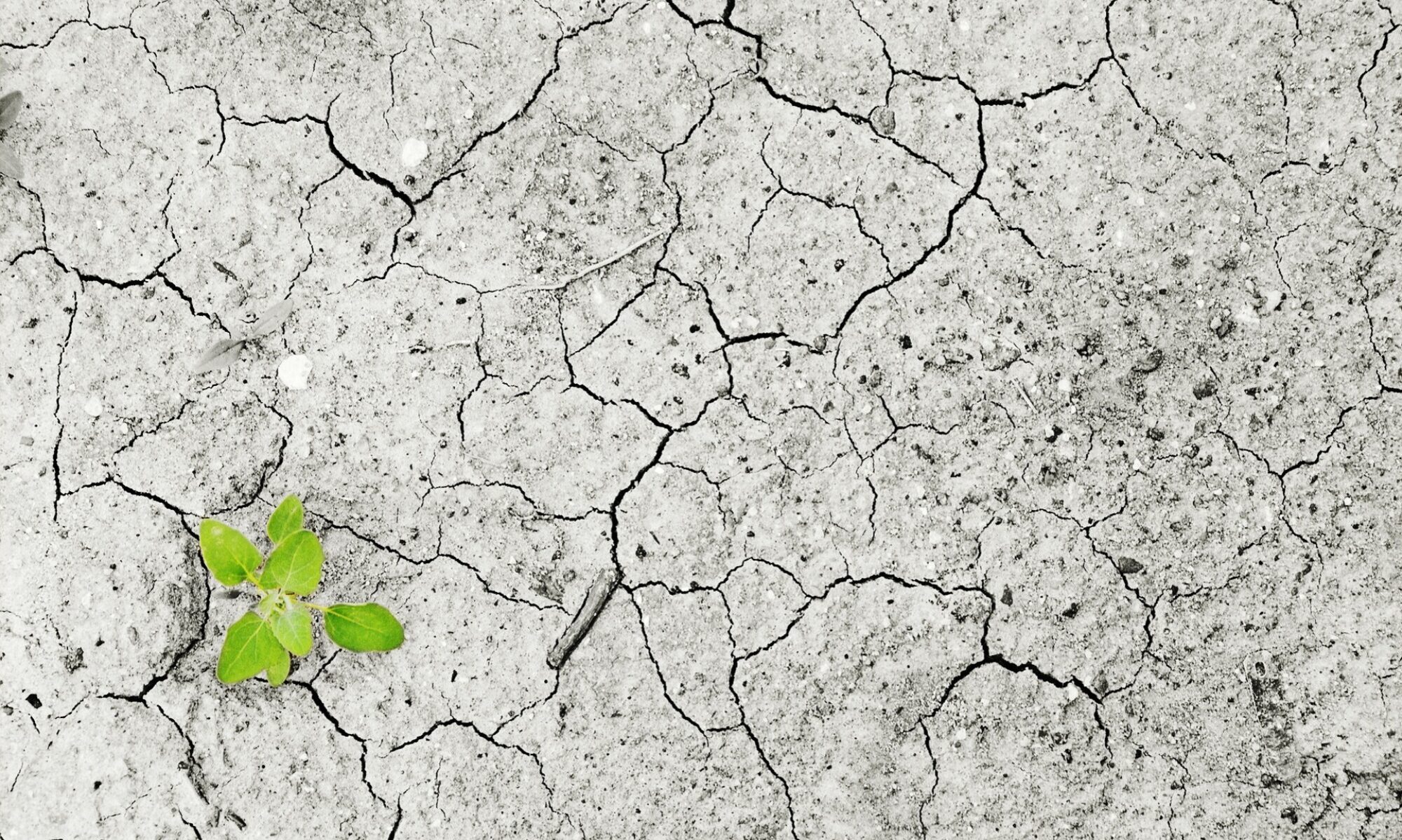24 May 2022 – by Ella Kiyomi Dobson
In the first five months of 2022, Mozambique was hit by five tropical storms and cyclones that devastated many regions of the country. In March, the most recent storm – tropical cyclone Gombe – impacted at least 700,000 people. Moreover, it fully or partially destroyed homes, health centers, electricity systems, water systems, and almost 100,000 hectares of arable land and crops. Gombe is just one example of many extreme weather events that have shattered communities across Mozambique this past year.
While scientists still cannot say with high levels of confidence that there are specific long-term trends in the frequency of tropical cyclones, the IPCC report released in August 2021 suggests that the incidence of stronger cyclones is likely over the next few years. Due to Mozambique’s coastal geography, the country is at heightened risk of these intensified cyclones and floods, and droughts due to the extensive coastline on which over half the population lives. In addition, the short recovery time experienced by communities across Mozambique between one extreme weather event to the next heightens the socio-economic impacts experienced and furthers issues of food insecurity, access to healthcare, housing security, and education.
These climate risks have amplified effects in specific regions due to the ongoing violence and instability due to the insurgency that began in 2017. According to the UN Office for the Coordination of Humanitarian Affairs, in 2020, there were over 650,000 people displaced by violence in northern Mozambique. In 2022, the UN notes that 6000 people were recorded as newly displaced due to a resurgence in violence. Vulnerability to displacement will only increase with the growing incidences of compounding effects, and with a lack of resources, more and more populations will become affected.



